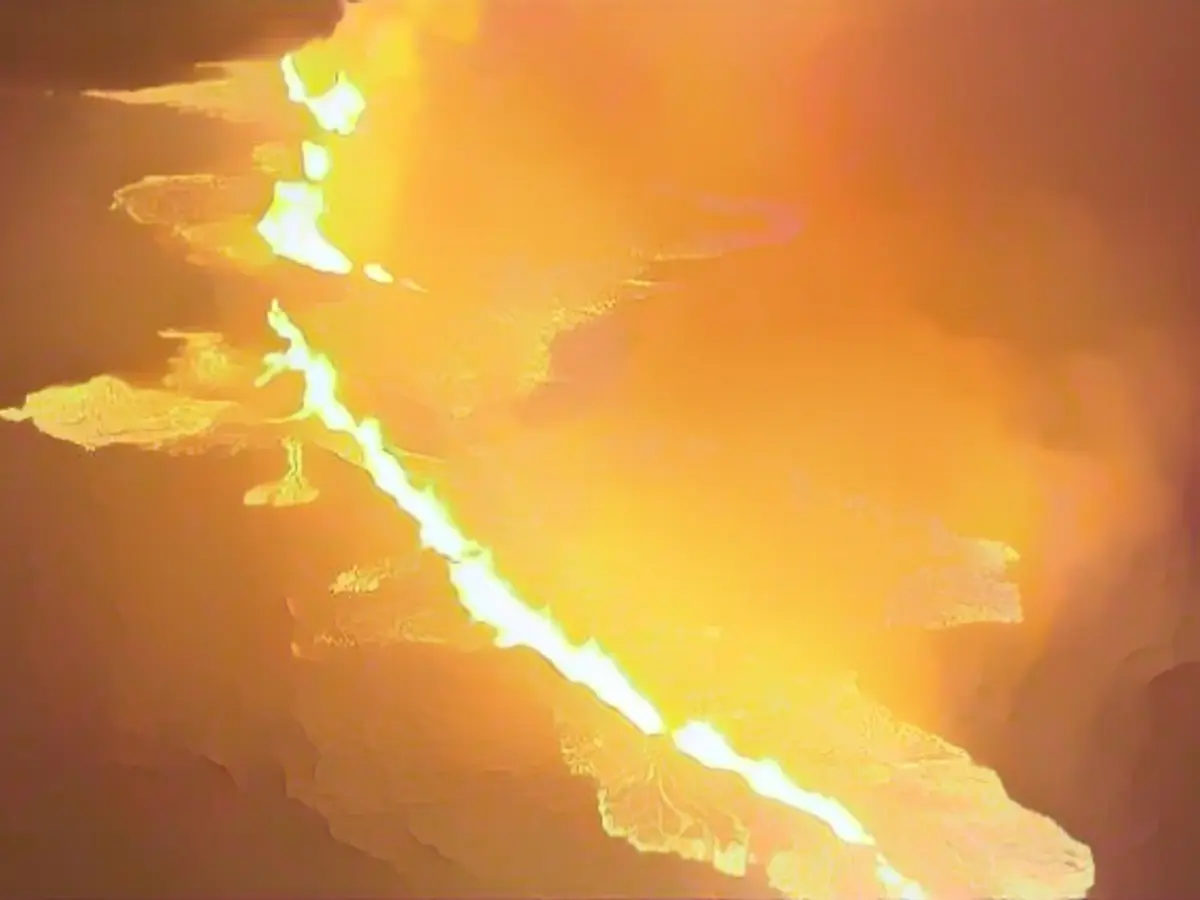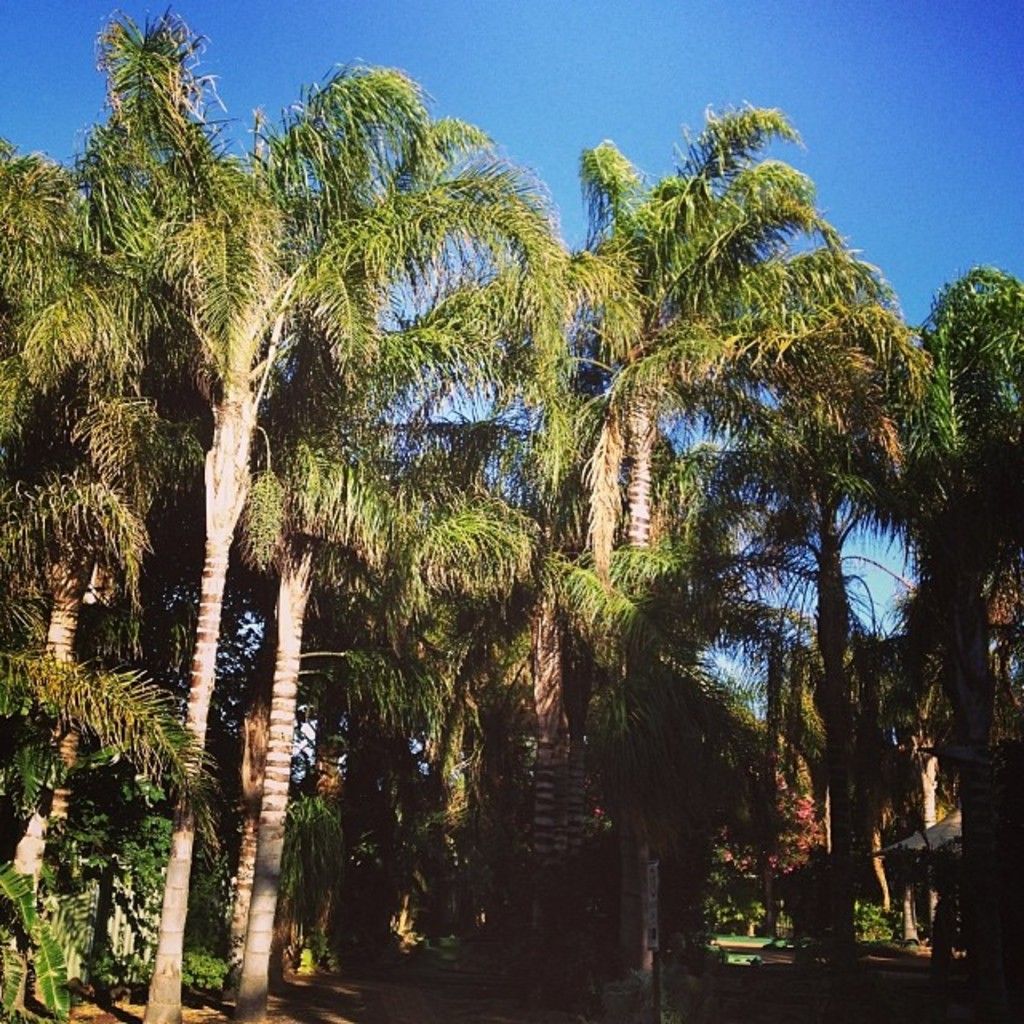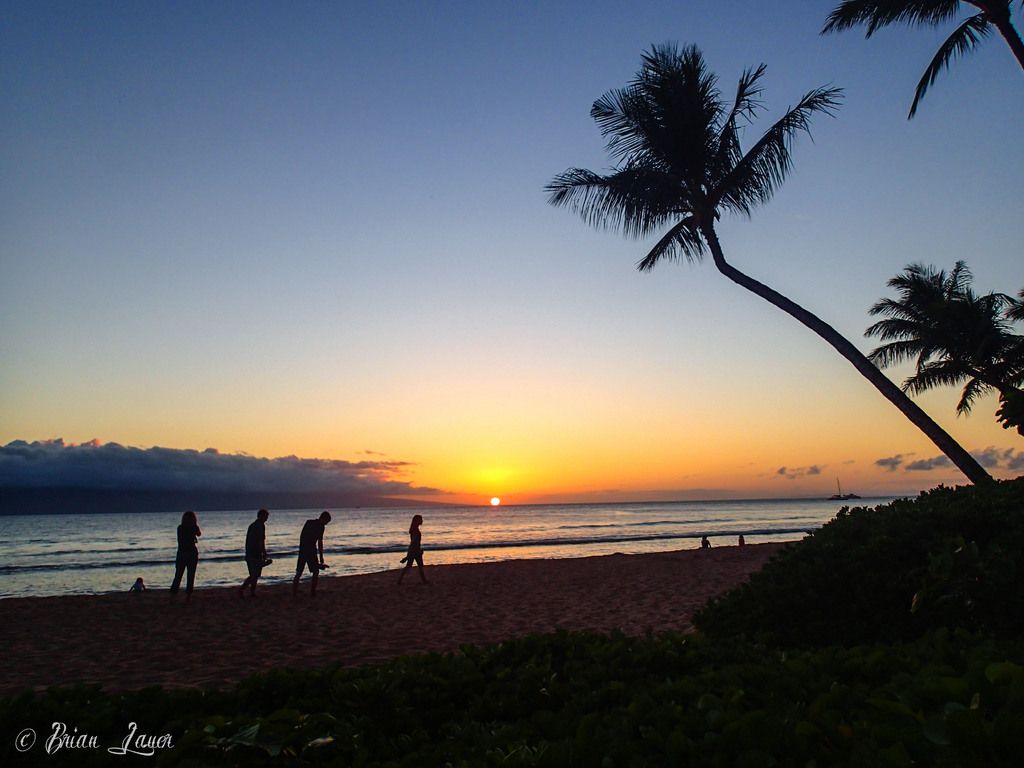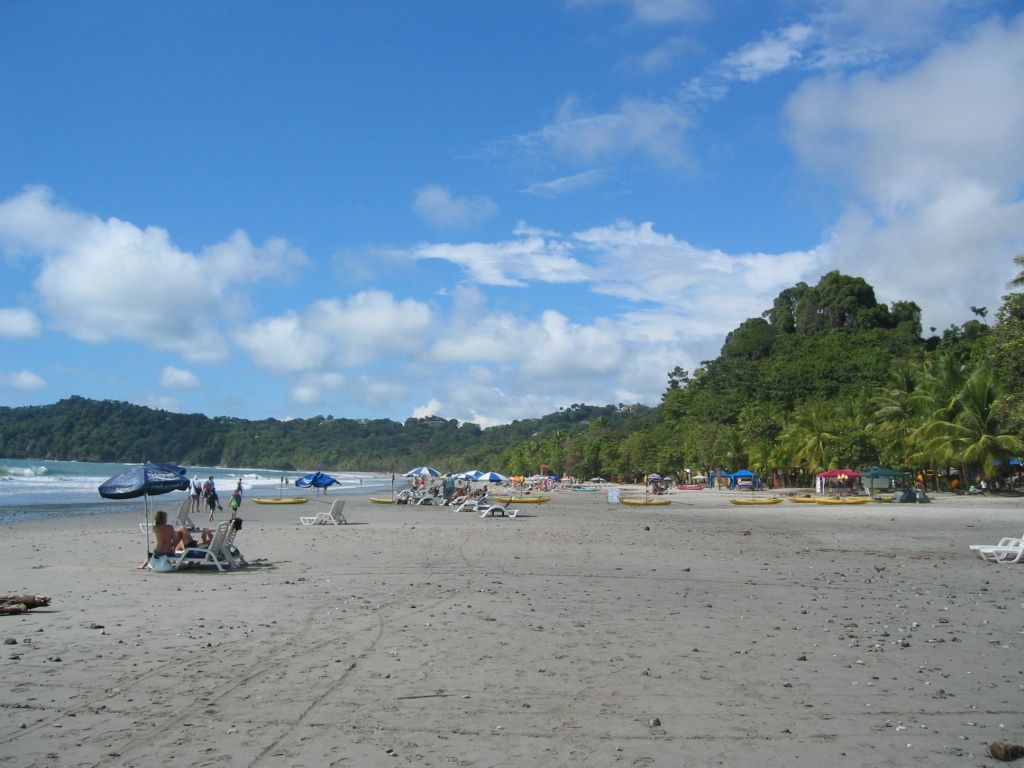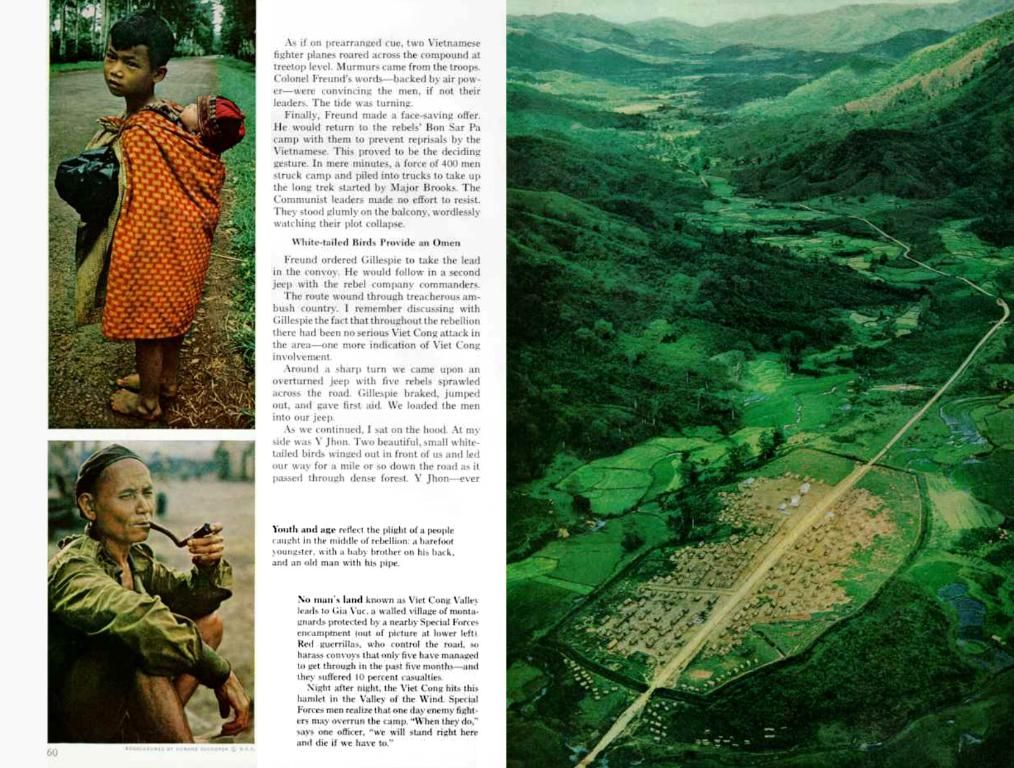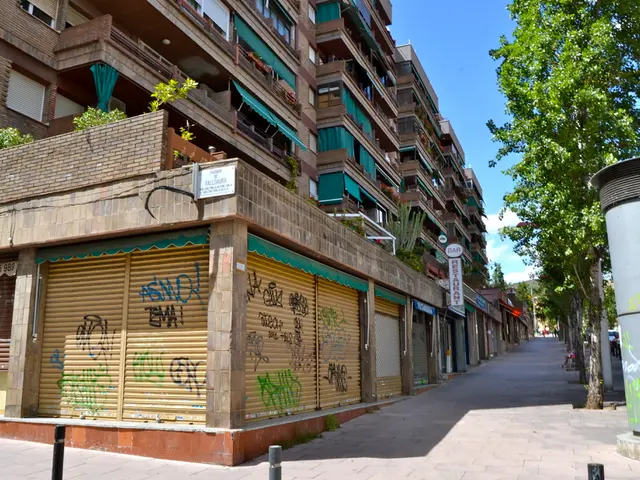In the aftermath of weeks of earthquakes, Iceland's worst fears have come true: A volcanic eruption has taken place on the Reykjanes Peninsula. The small fishing village of Grindavík, previously evacuated due to these seismic activities, has steered clear of immediate danger for now.
The sizable eruption, announced by the Icelandic Meteorological Office late on Monday evening, occurred north of Grindavík. The area was illuminated by bright orange-red lava fountains soaring into the night sky, as captured on films and photos[1]. The police urged onlookers to keep their distance, with Grindavík already having been evacuated back in November due to eruption concerns.
Volcanologist Ármann Höskuldsson revealed that the fissure, which extended towards Grindavík, widened throughout the night and expanded to around four kilometers by morning. Experts also note that this fissure is significantly longer than during previous eruptions on the peninsula. Furthermore, the lava flow is exceptional, with approximately 100 to 200 cubic meters of lava flowing from the fissure each second[2].
Consequently, the Icelandic Defense Forces declared an emergency level. With no lava flowing towards Grindavík's power stations, Höskuldsson expects the eruption to last between seven to ten days[3]. Geophysicist Benedikt Ofeigsson from the Icelandic Meteorological Authority suggested that the eruption had been localized near the Sundhnjúka crater.
Recent weeks have seen hundreds of earthquakes plague the island. Grindavík's inhabitants, who were previously allowed to return to their homes during the day, have faced evacuation once again. Meanwhile, the Blue Lagoon, a popular tourist attraction located near Grindavík, has reopened after temporarily closing[1].
The land of glaciers, volcanoes, and geysers lies on the boundary between the North American and Eurasian tectonic plates. Its volcanic eruptions, while both awe-inspiring and dangerous, have become a common occurrence due to its location[4]. Iceland is home to numerous active volcanoes, with more than 30 present on the North Atlantic island.
Sources:
[1] [2] Icelandic Met Office (website) [3] Interviews with Ármann Höskuldsson and Benedikt Ofeigsson [4]
